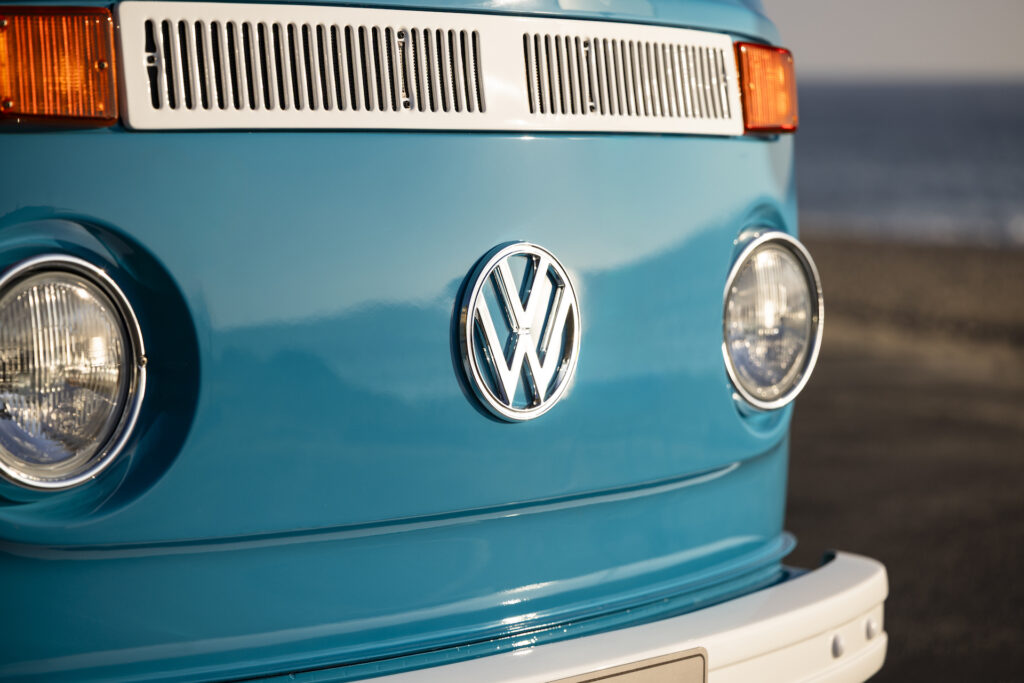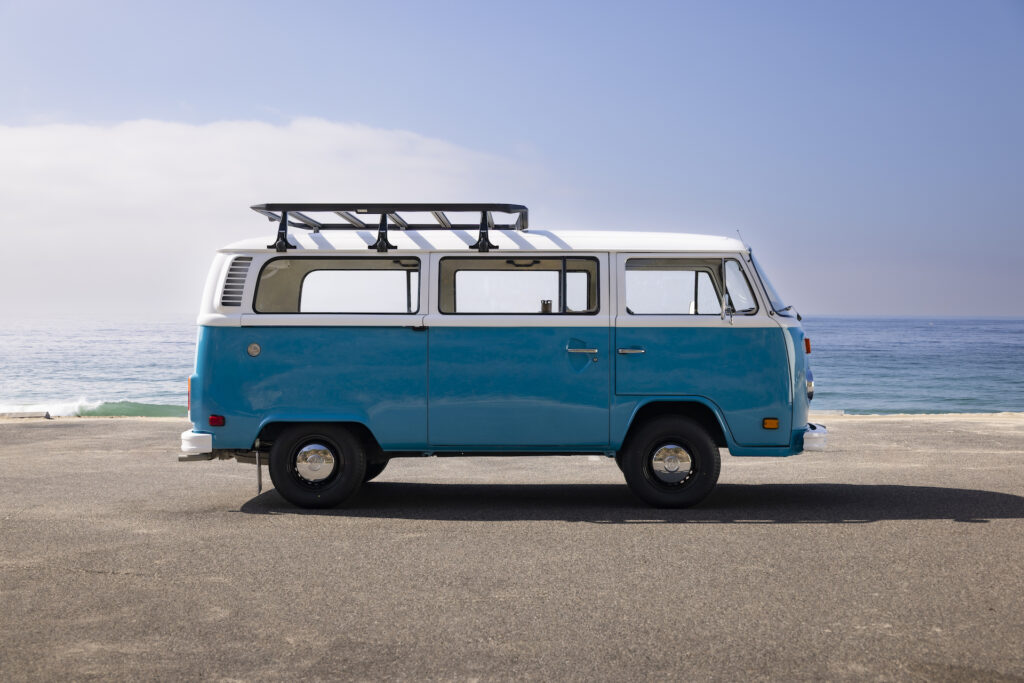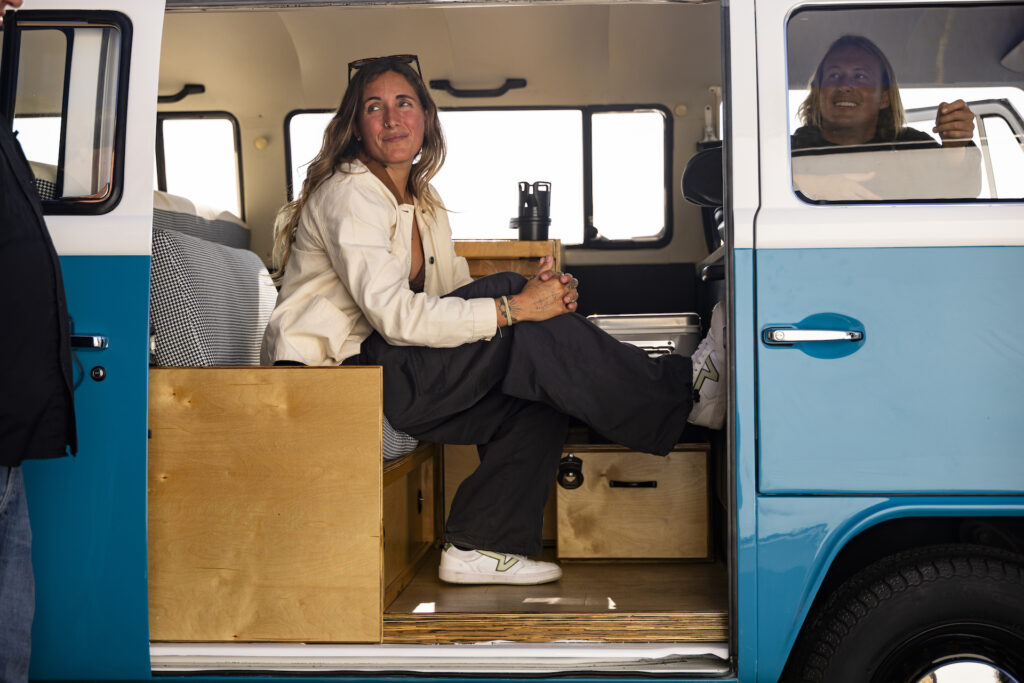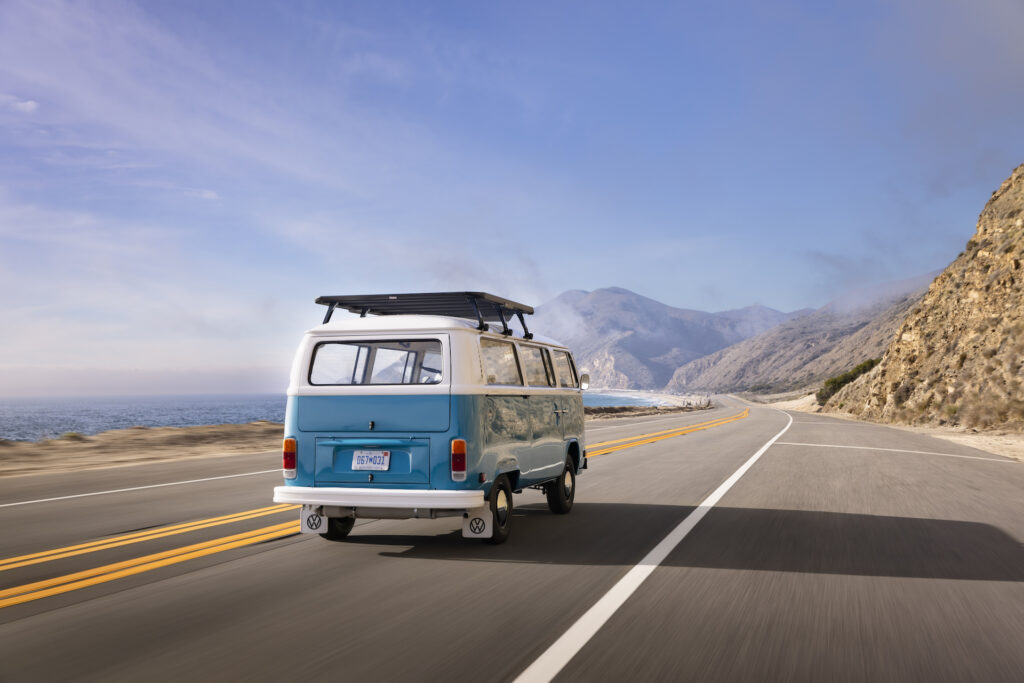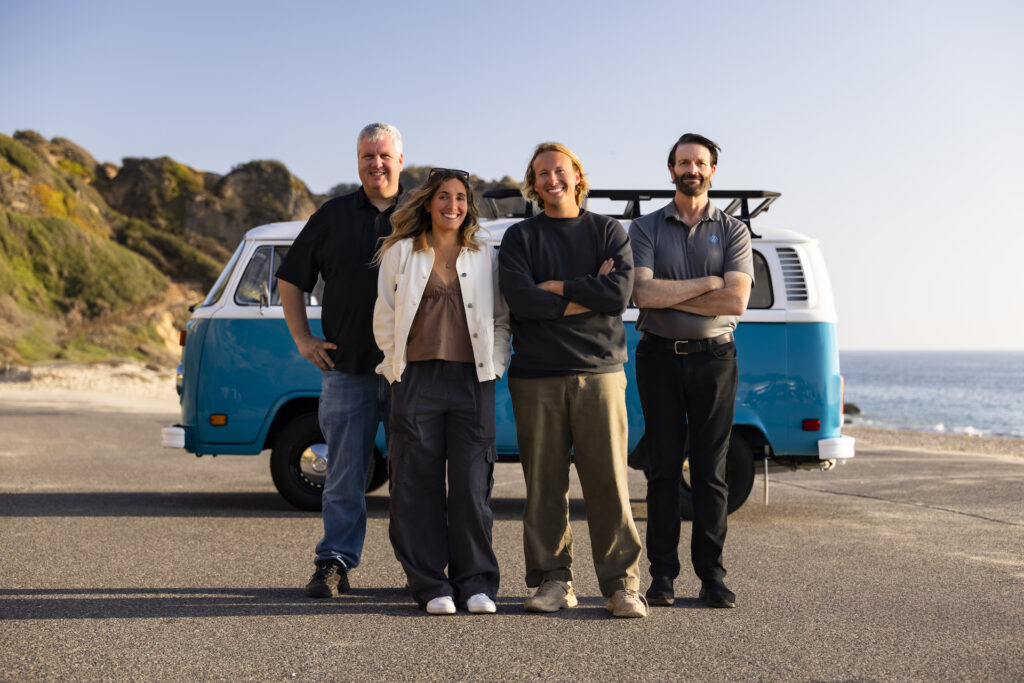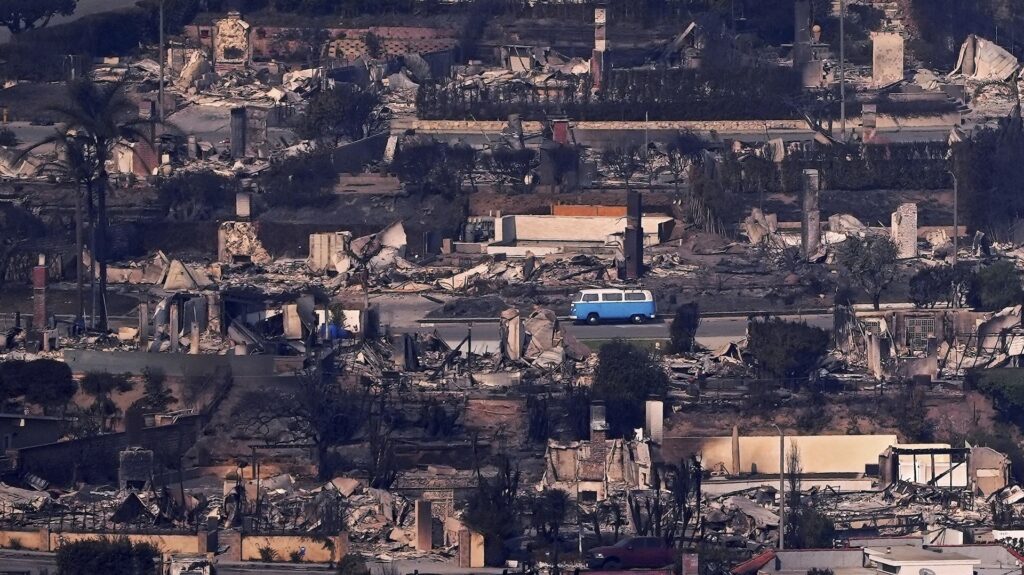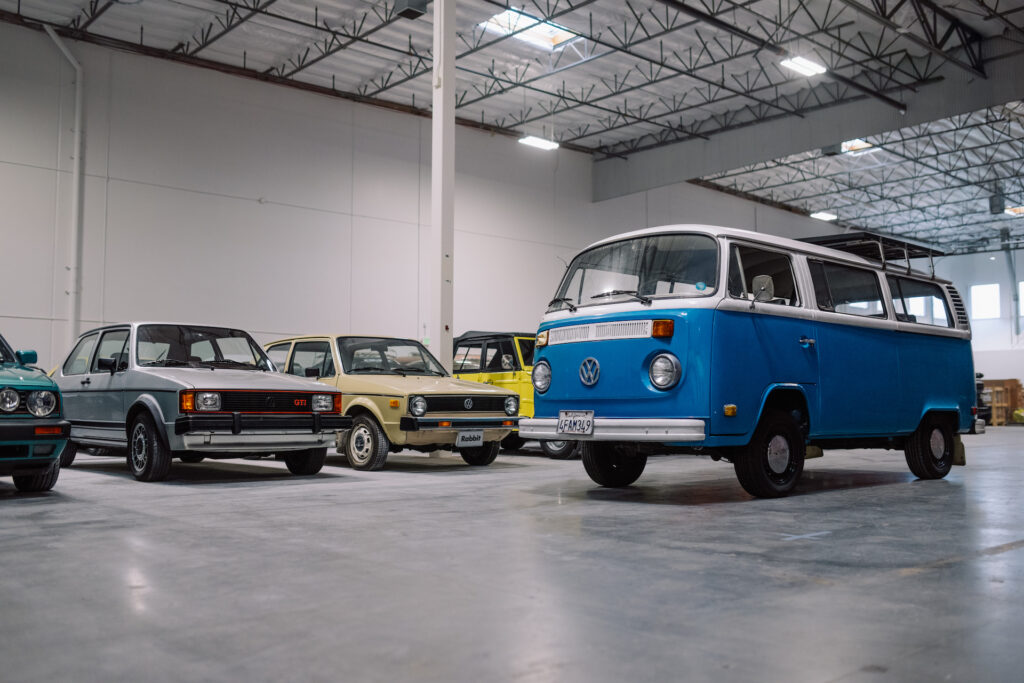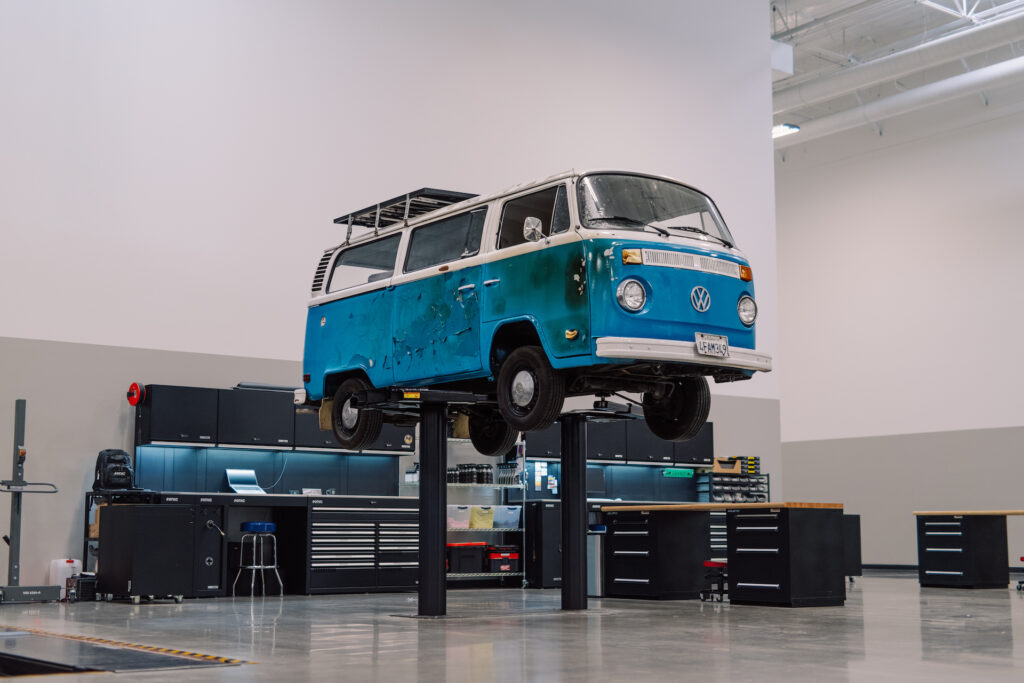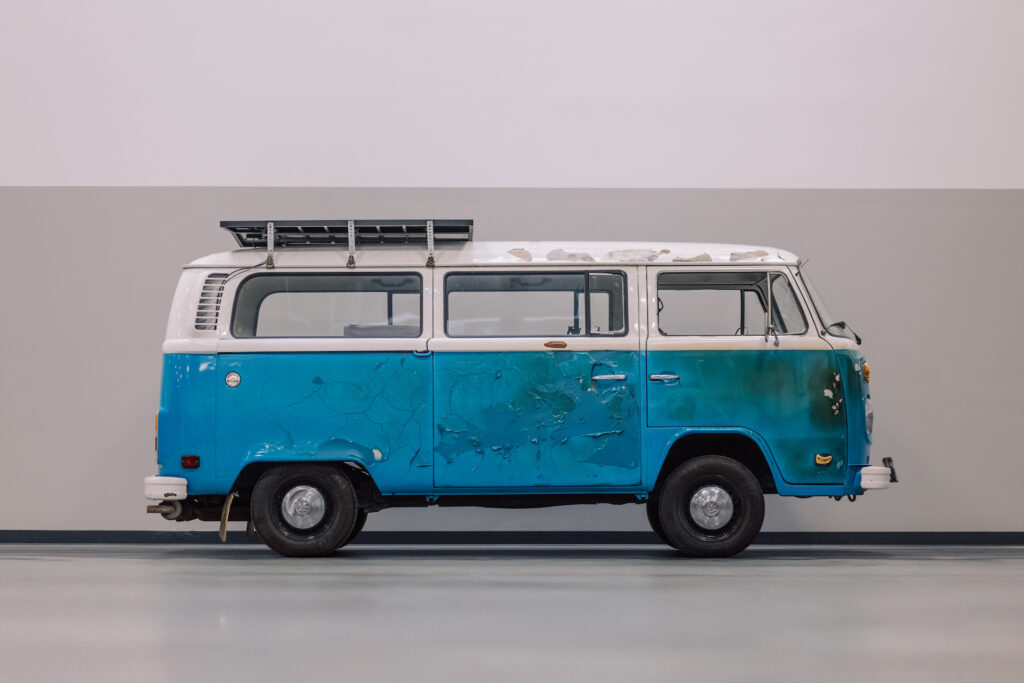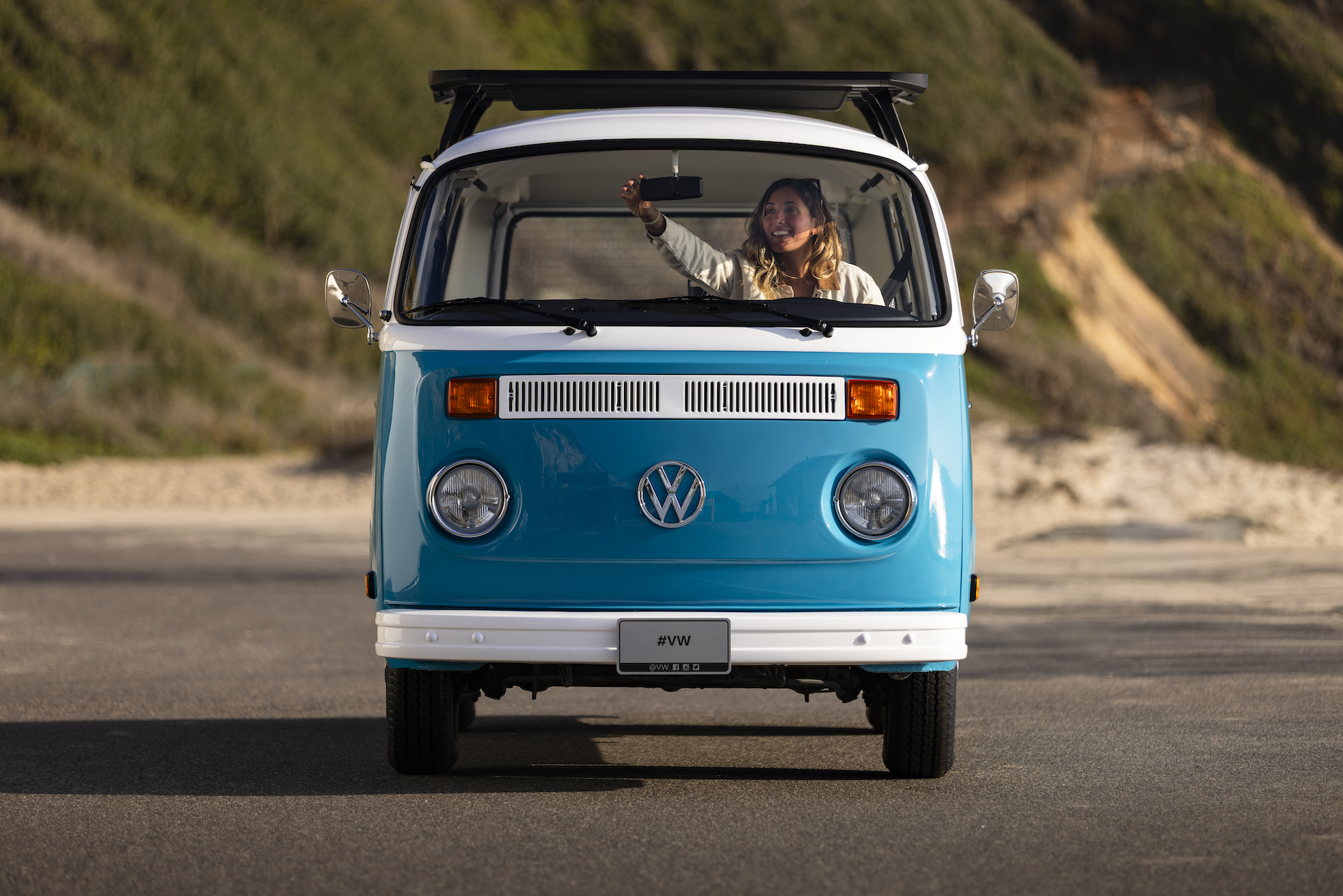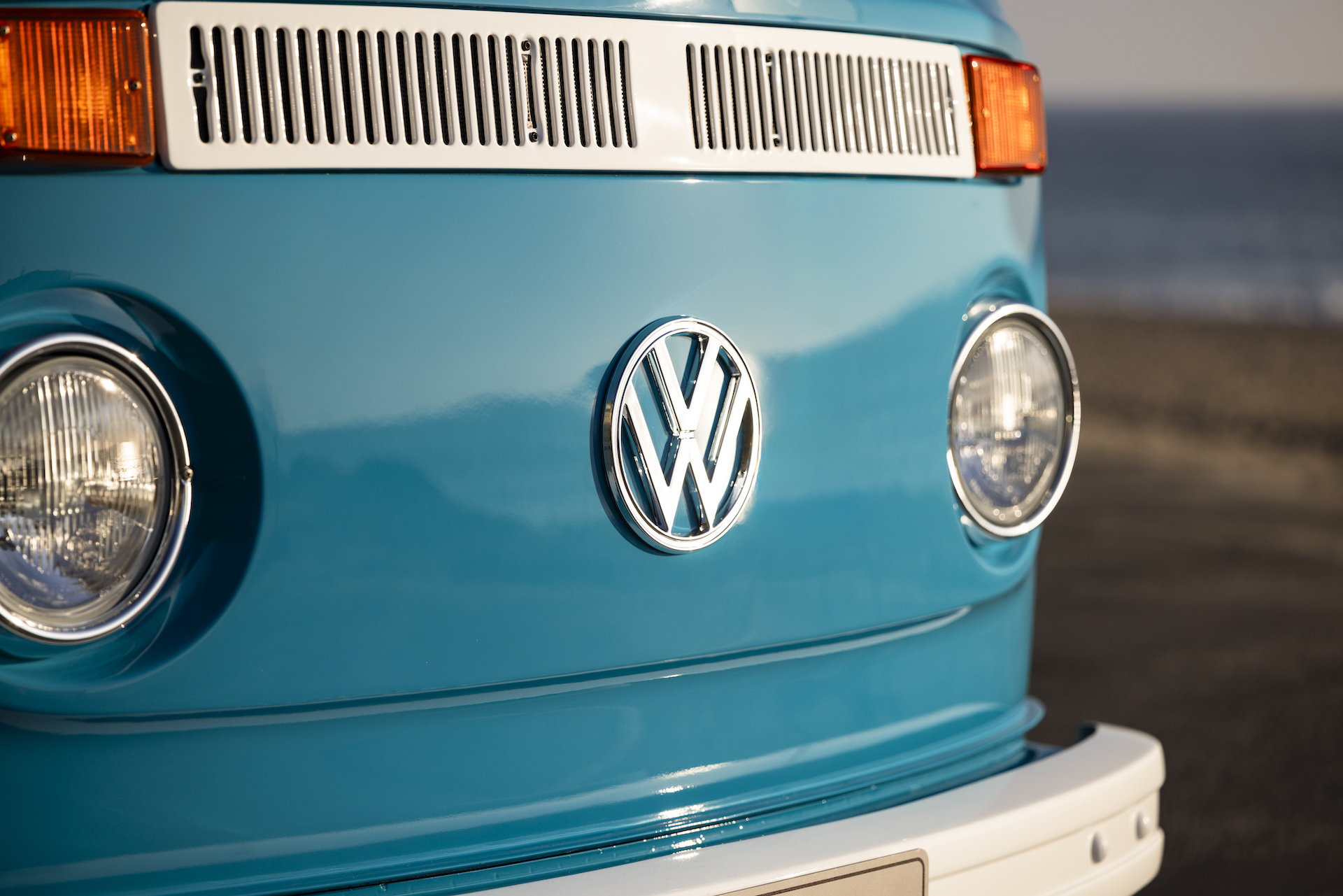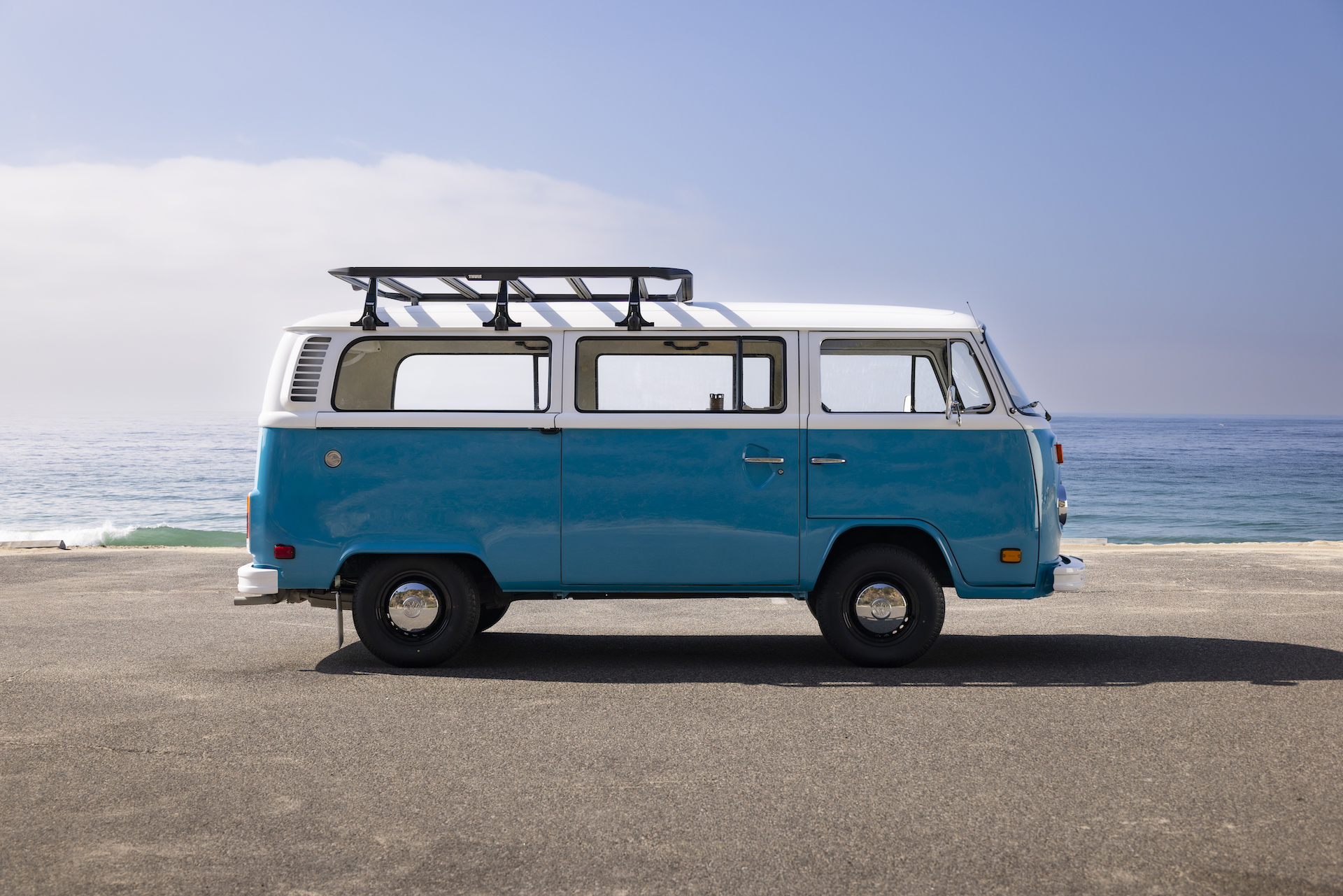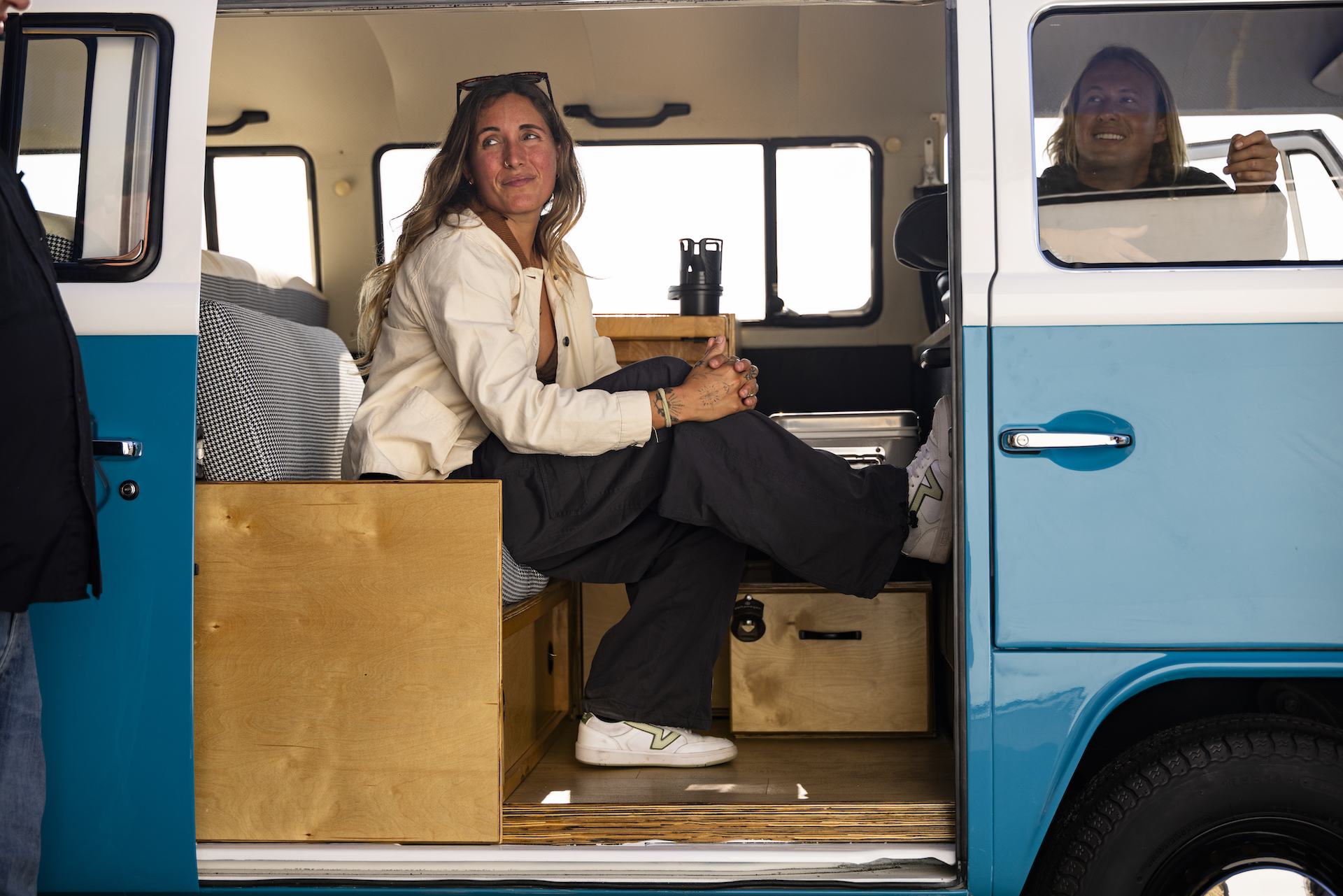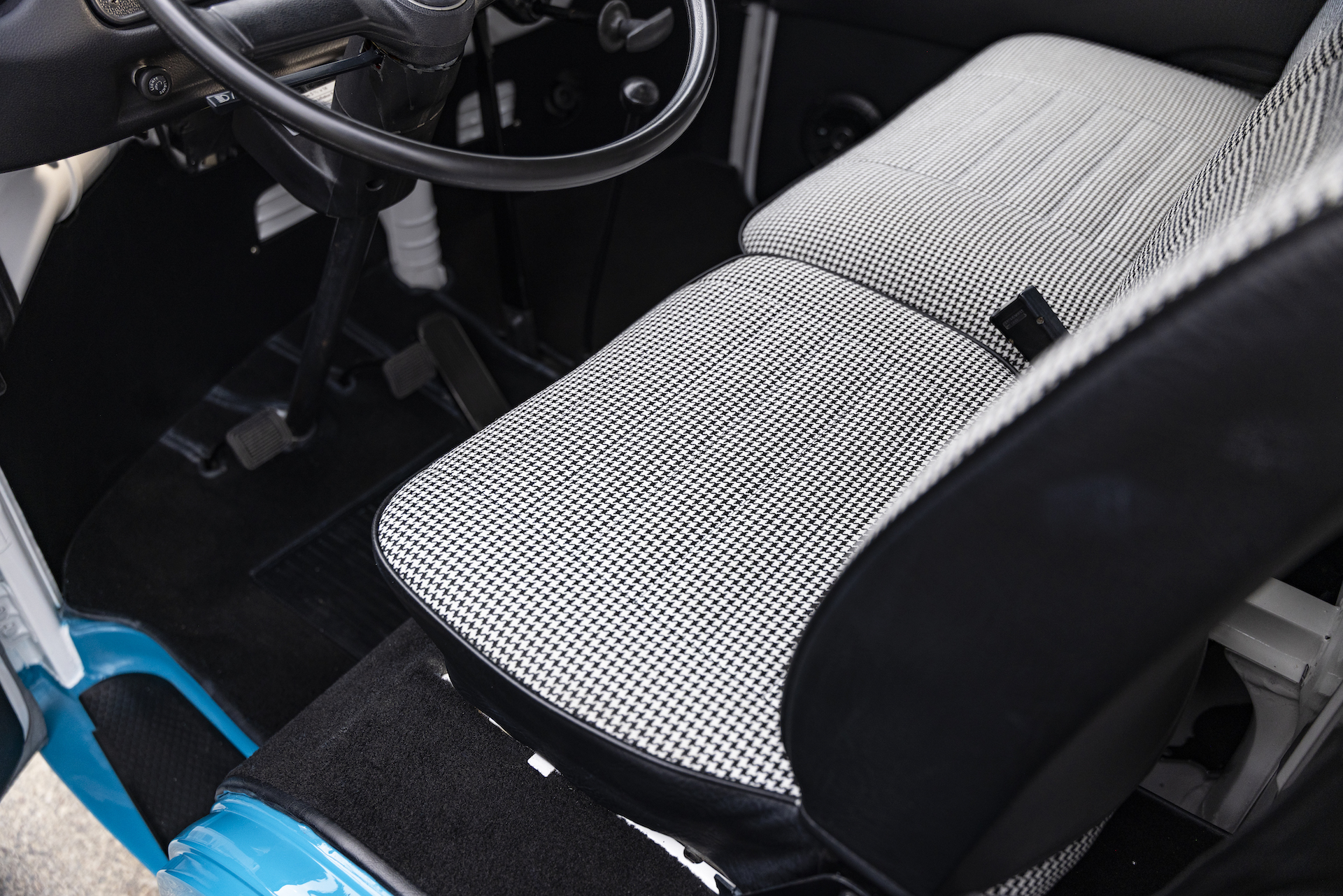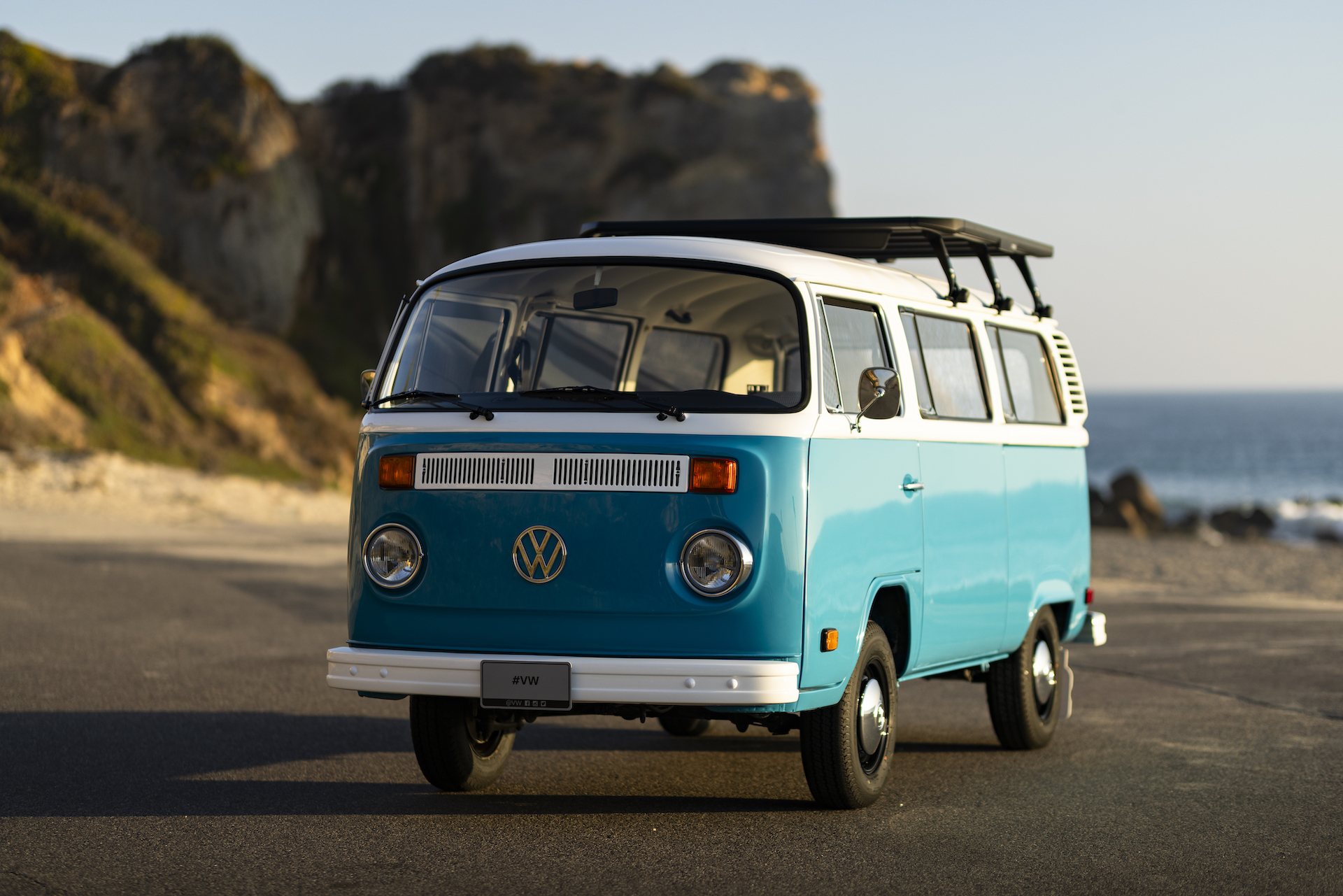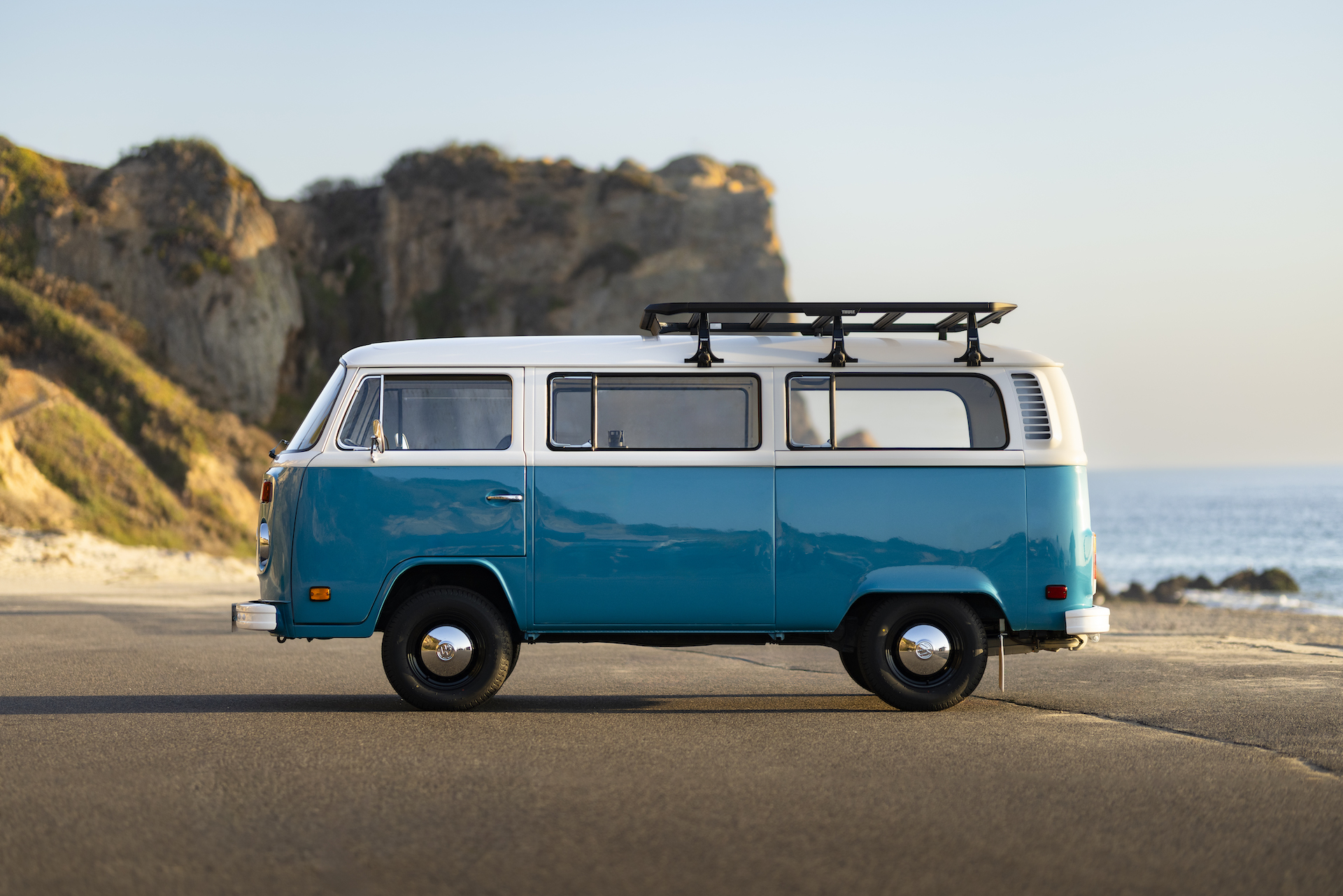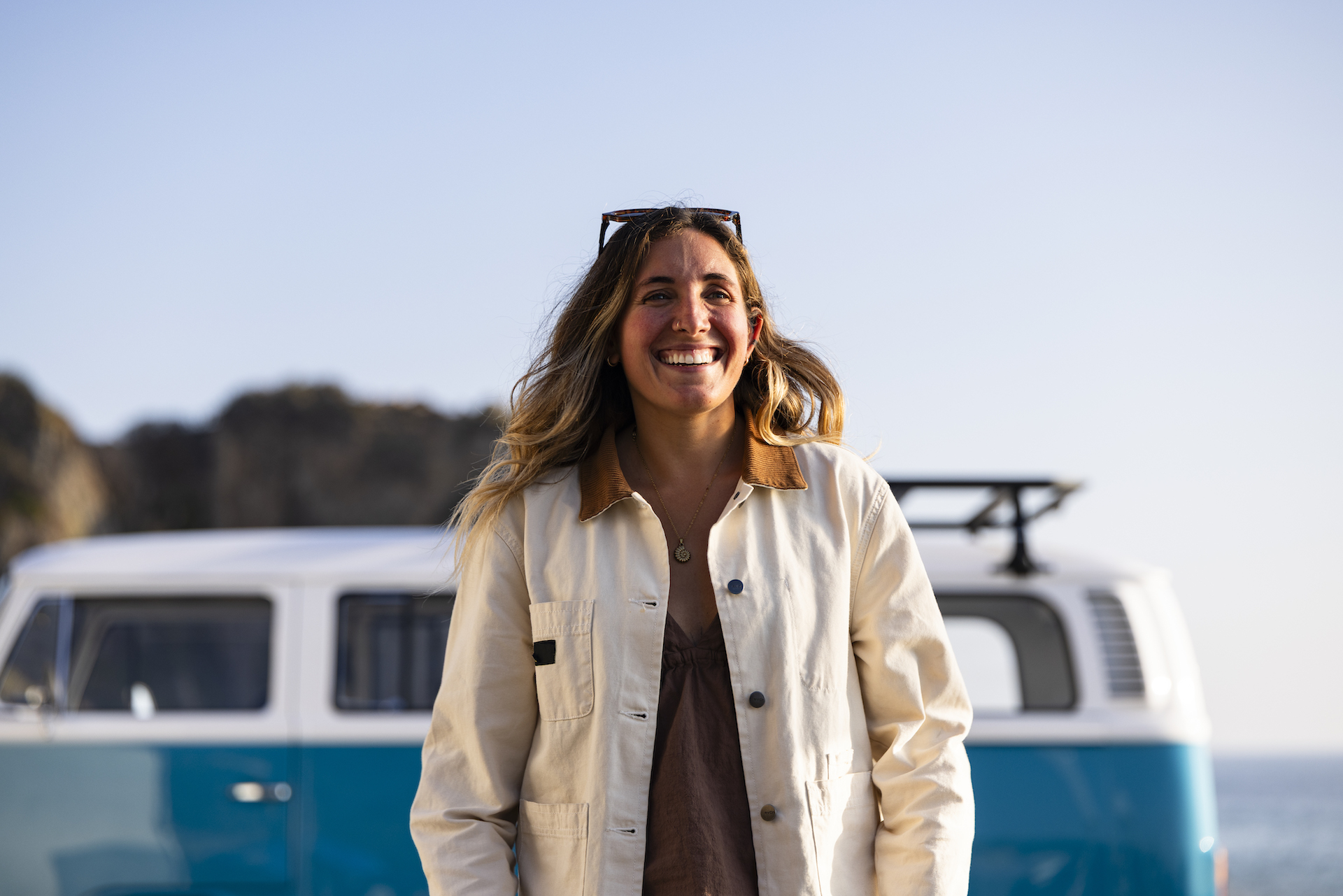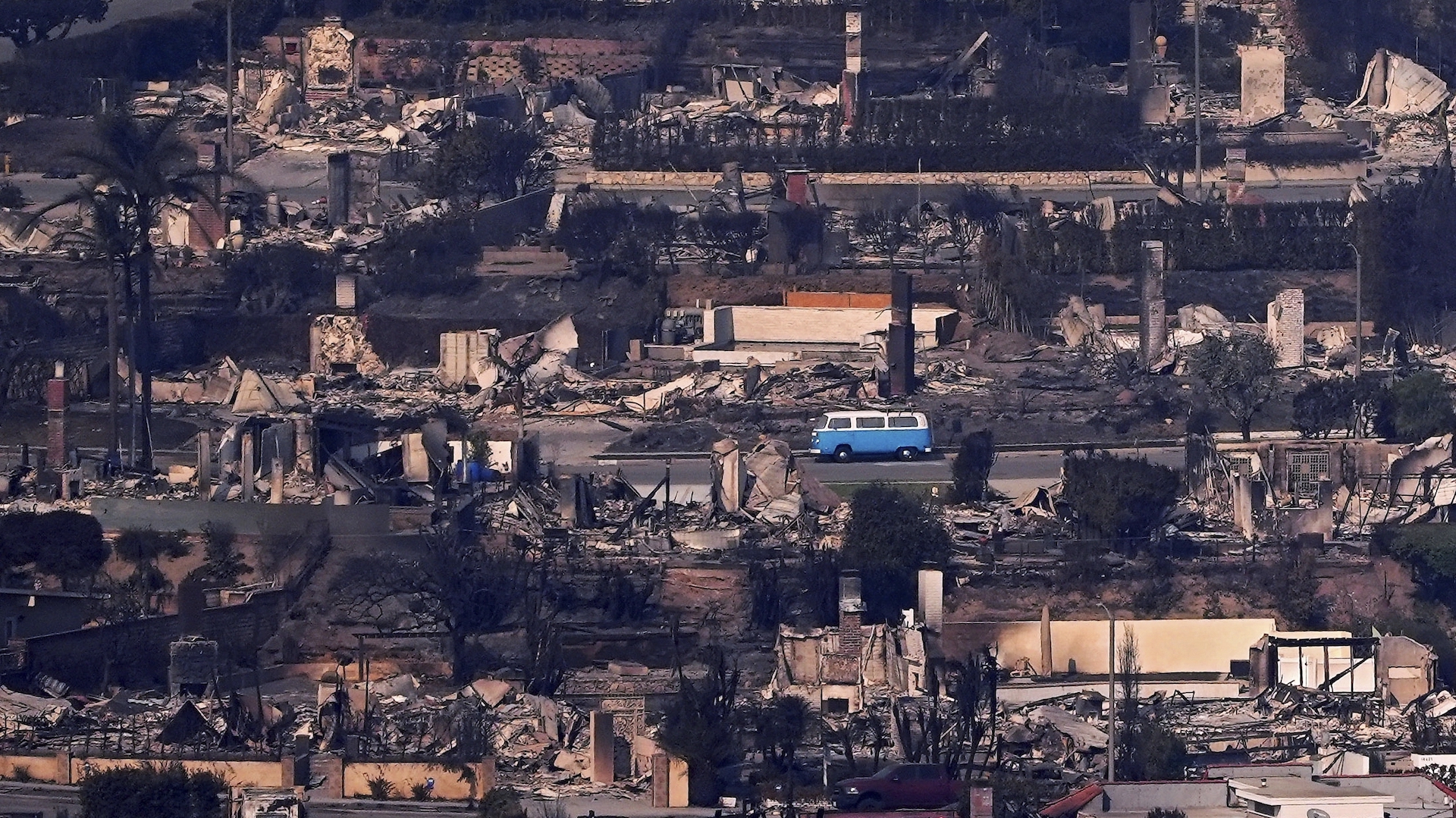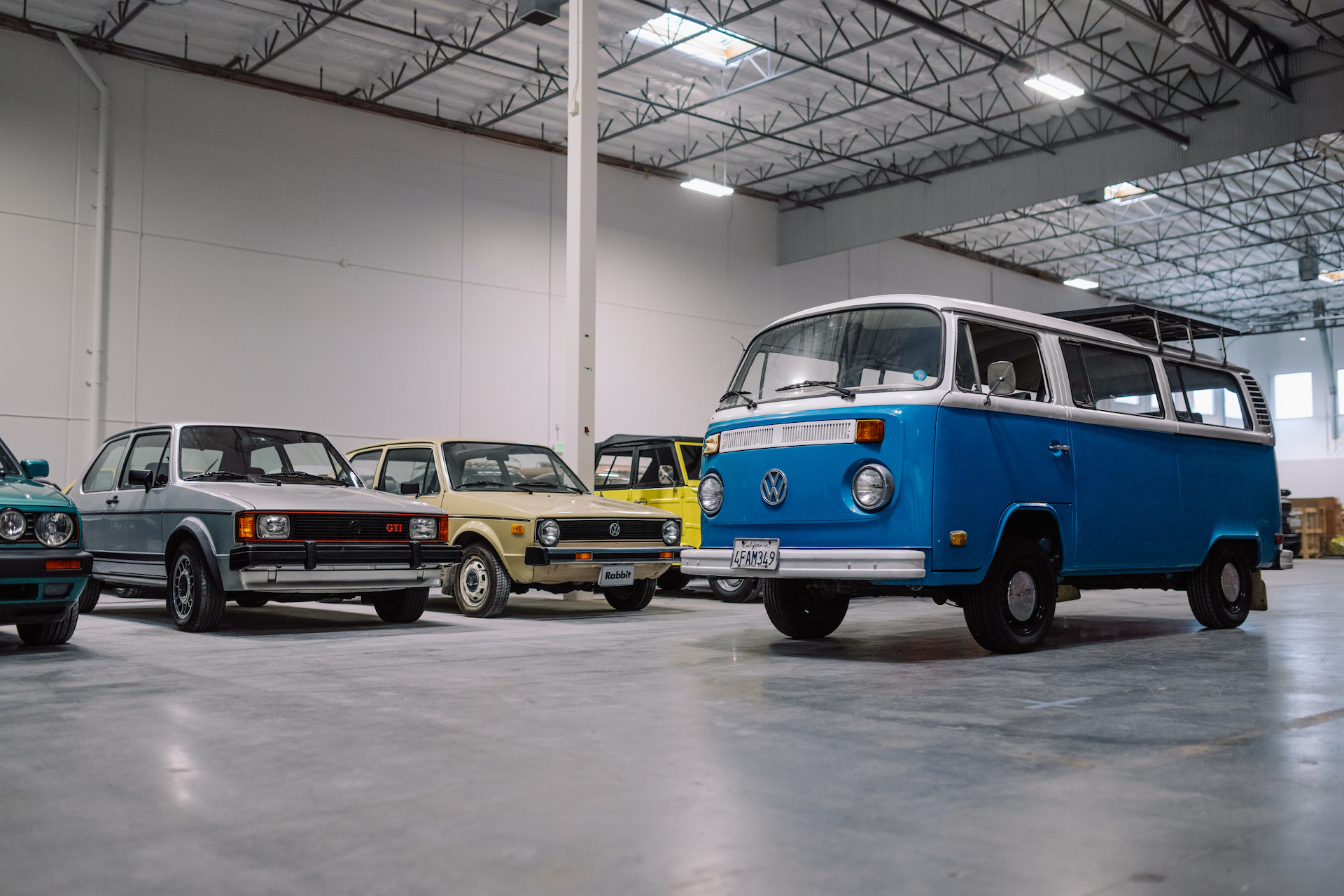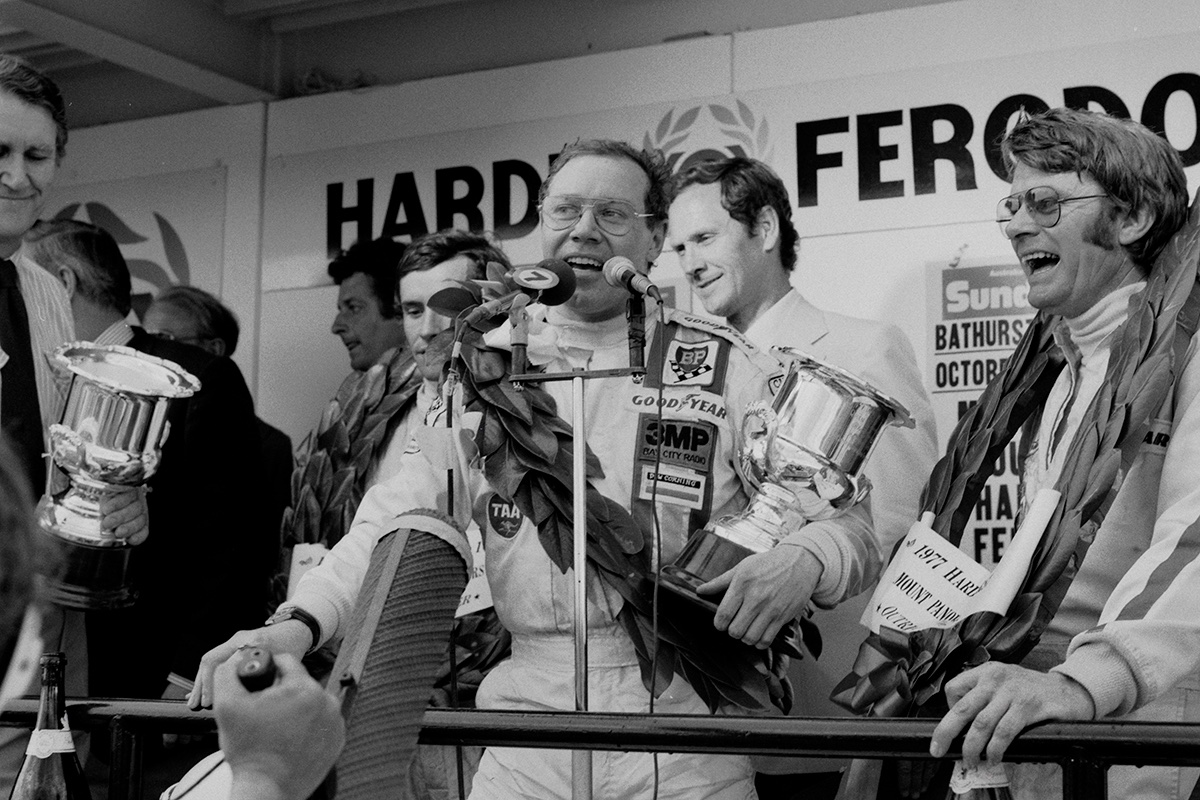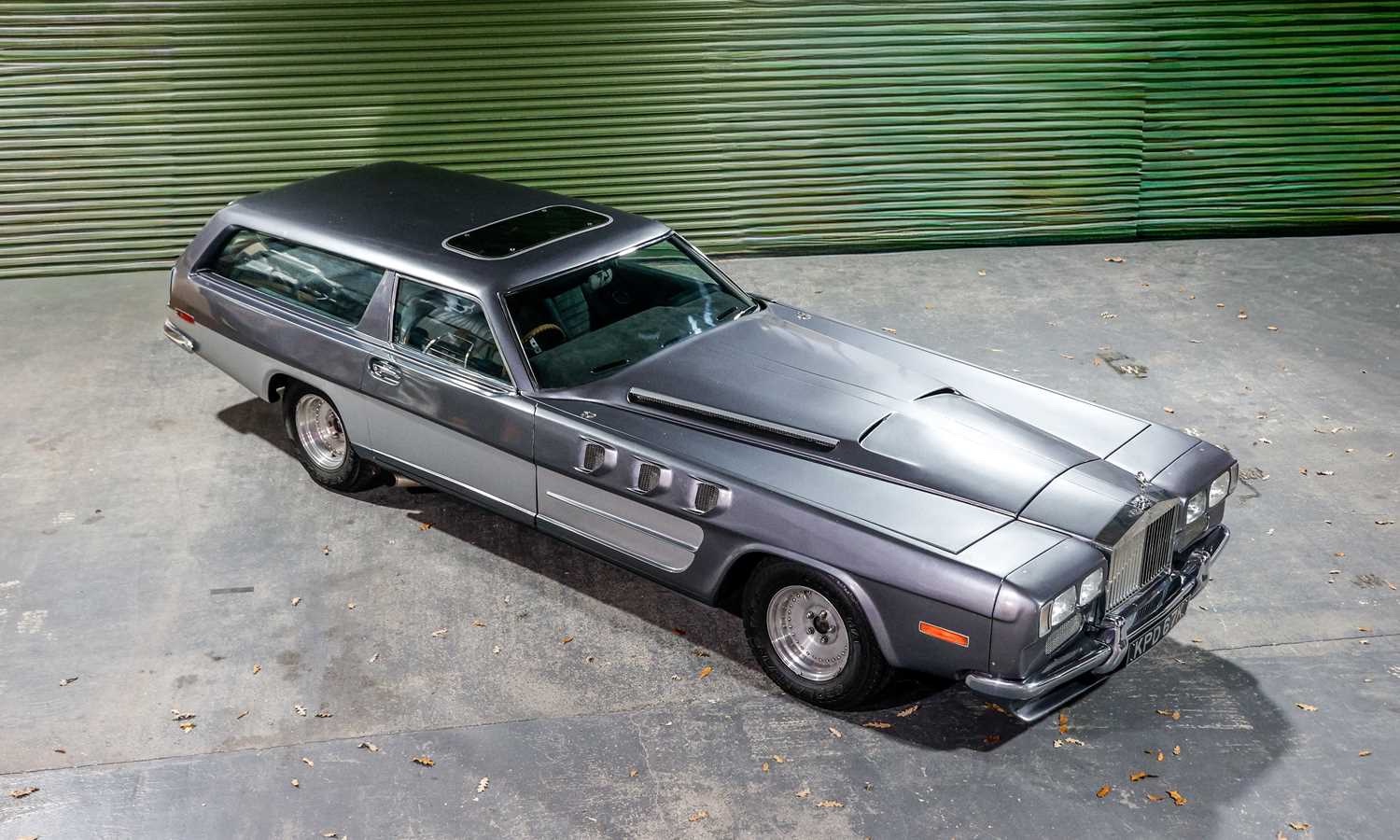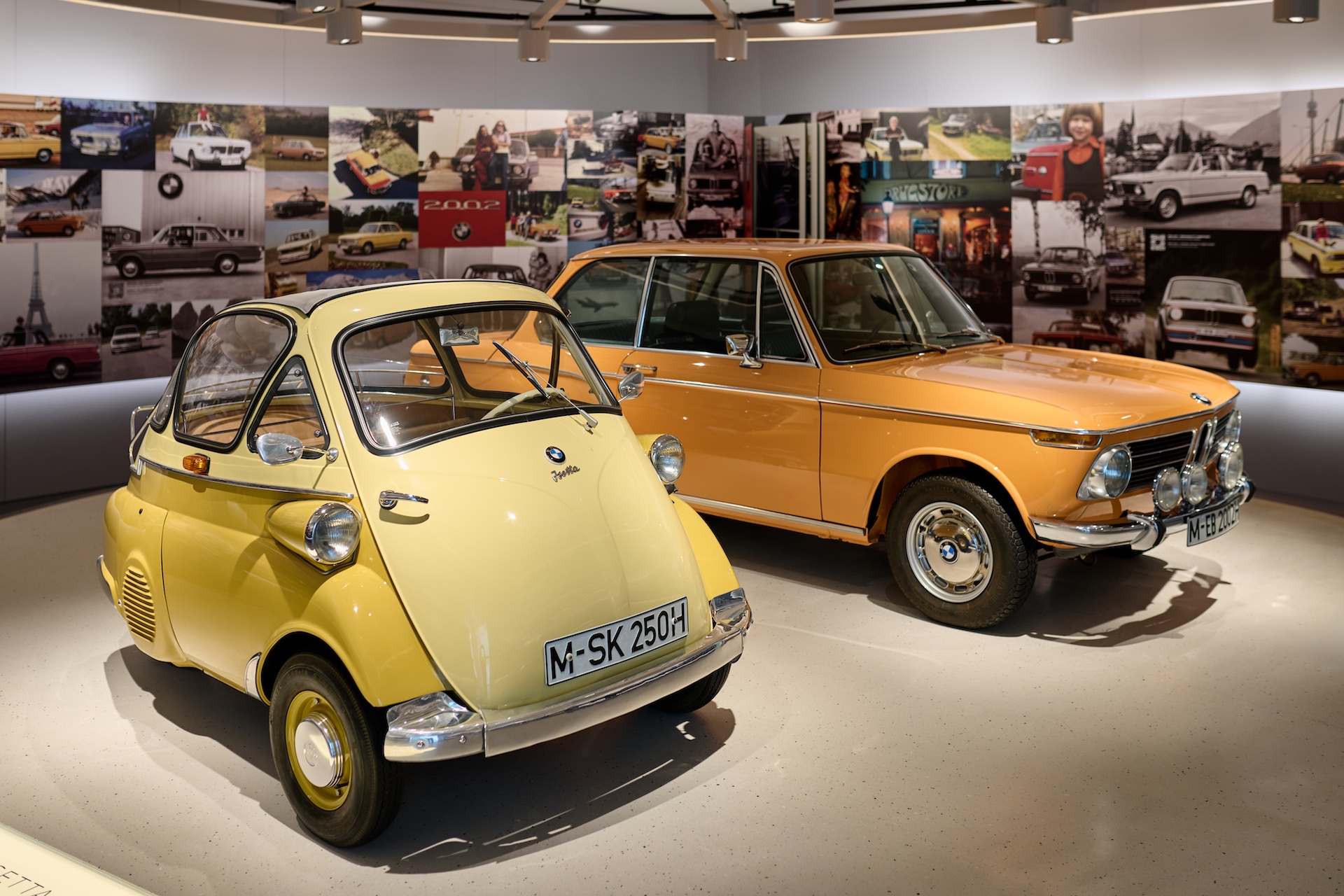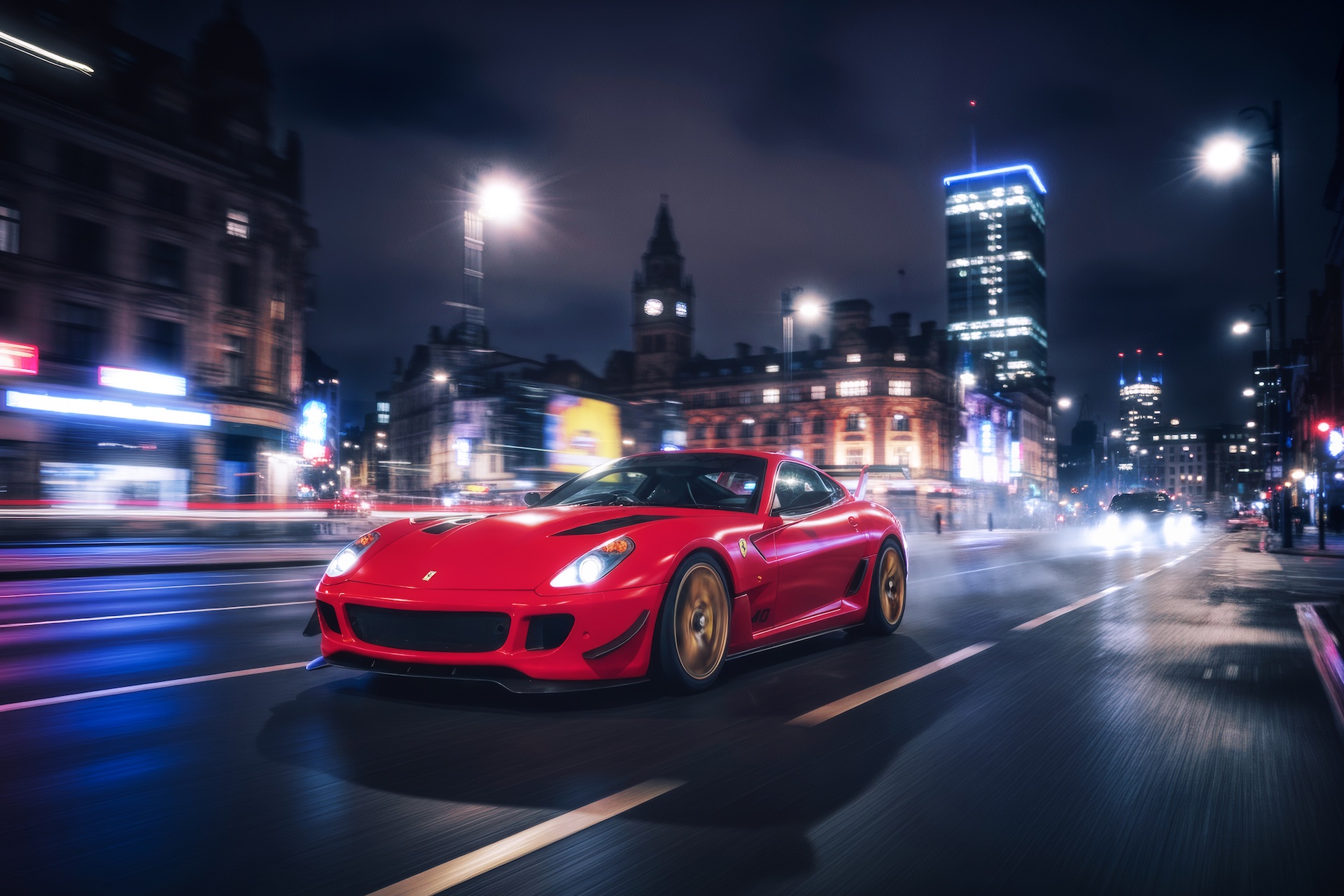During the Southern California Palisades Fire in January 2025, a Volkswagen Kombi became an unexpected symbol of resilience after somehow surviving the inferno.
The 1977 T2 microbus rose to global attention through a photograph captured by Mark J. Terrill for Associated Press which showed the stunning white-over-blue van seeming unscathed amid a sea of charred destruction in a Malibu neighbourhood.
After seeing this, Volkswagen of America leant on the vast VW enthusiast community to help track down the vehicle’s owner, Megan Weinraub, so the vehicle could be restored. Now, almost a year later, it has made its first public appearance since that AP photo when it was unveiled at the 2025 Los Angeles Auto Show.

Affectionately called ‘Azul’ by Megan and known to many at Volkswagen as the ‘magic bus’, the restoration was undertaken at the Volkswagen Group of America’s Oxnard Facility which is home to the brand’s US-based collection of historic vehicles.
“Today marks the next chapter in the rich legacy of the Microbus through the restoration of a vehicle that caught the attention of people around the world,” said Rachael Zaluzec, senior vice president of brand marketing and customer experience at Volkswagen Group of America.
“We recognise for Megan, Azul isn’t just a 1977 T2 but a part of her family. For us, this passionate restoration project has served as a symbol of resiliency, making Azul a part of the Volkswagen family as well.”
After a thorough inspection, Volkswagen’s team determined that Azul required significant mechanical repairs and bodywork in order to be roadworthy once again.
To accomplish this special project, the team at the Oxnard facility inspected, repaired, or replaced every interior and exterior component of Azul while paying homage to T2s from the late 1970s.
In addition to Volkswagen’s own restoration work, the bodywork was led by the team at GE Kundensport, renowned for its historic Porsche vehicle restorations.
Volkswagen also leant on the T2’s global fanbase and support network to find parts as well, with parts sourced from the US, Canada, UK, Germany, and even here in Australia. In total, over 900 parts were repaired or replaced after more than 2080 hours of restoration work.

“From the moment we first saw Azul, our goal was to ensure the story of the vehicle wasn’t erased by the fires, but brought back to life by restoring it, reuniting it with its owner, and returning it to the road,” said Gunnar Wynarski, vehicle technician at Volkswagen’s Oxnard Facility.
“While this special restoration project was a technical challenge, what mattered most was keeping the soul of the vehicle intact.”
Speaking at the vehicle’s unveiling at the LA Auto Show, Megan couldn’t be more thrilled with the work that was undertaken to bring Azul back to a befitting level of glory.
“When the photo of Azul went viral, I felt like the entire world experienced a piece of my heart,” she explains.
“When Volkswagen reached out to see if Azul really survived, I was touched and couldn’t believe it. Seeing it now, I feel it’s even more of a symbol of hope than it was before.”
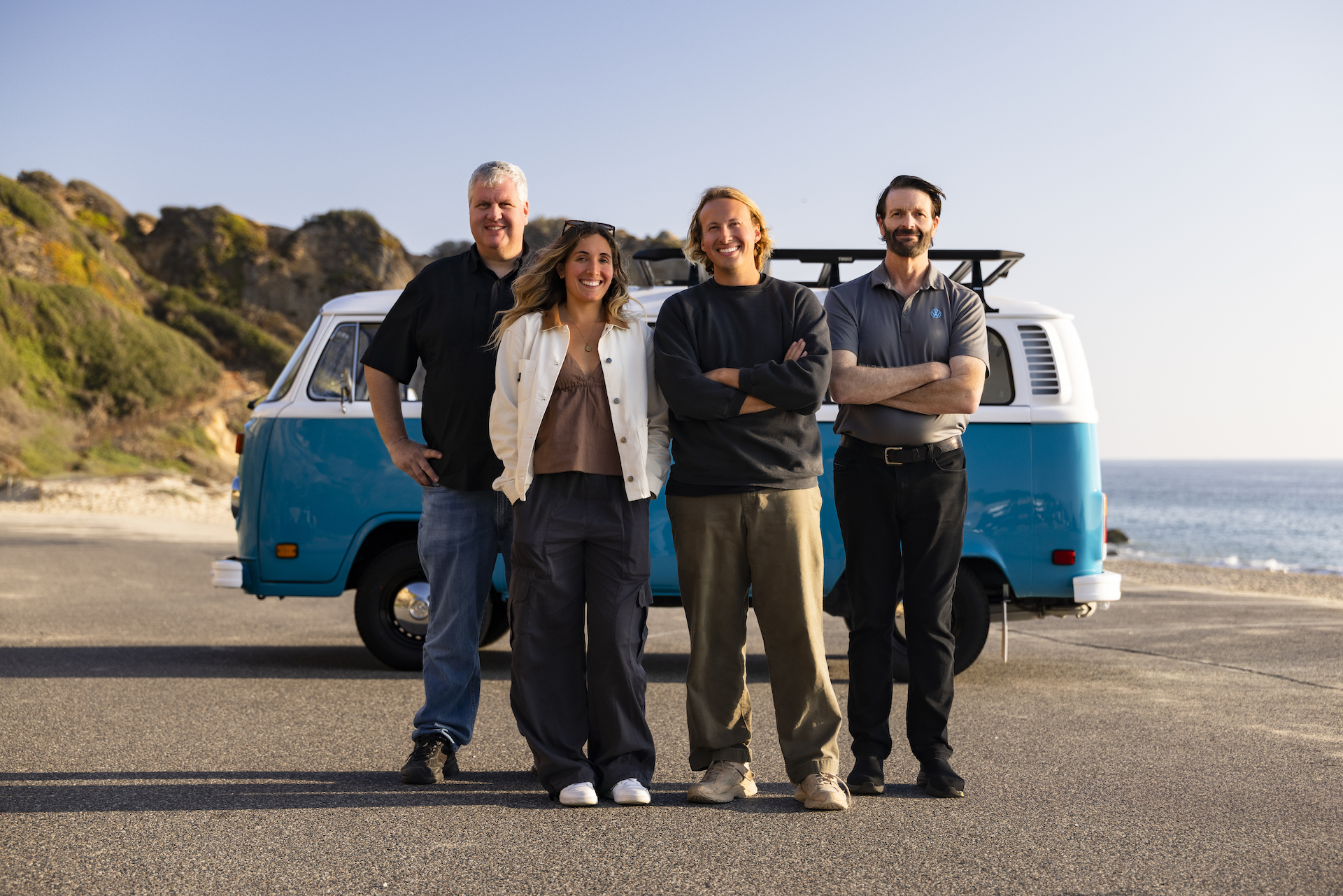
To commemorate the project, Volkswagen has also teamed up with Candylab to create a limited-edition wooden collectible version of Azul, highlighted by the custom white-over-blue colour, which is available at Volkswagen’s LA Auto Show booth.
In addition to this project, Volkswagen of America has also pledged its support to the California Fire Foundation as it recognises the importance of supporting the California community as it continues to recover from the fires.
On show at the Volkswagen booth at the 2025 Los Angeles Auto Show until November 30, Azul will also be displayed at the Petersen Automotive Museum in Los Angeles from December 4 to January 11 before finally being reunited with Megan.


